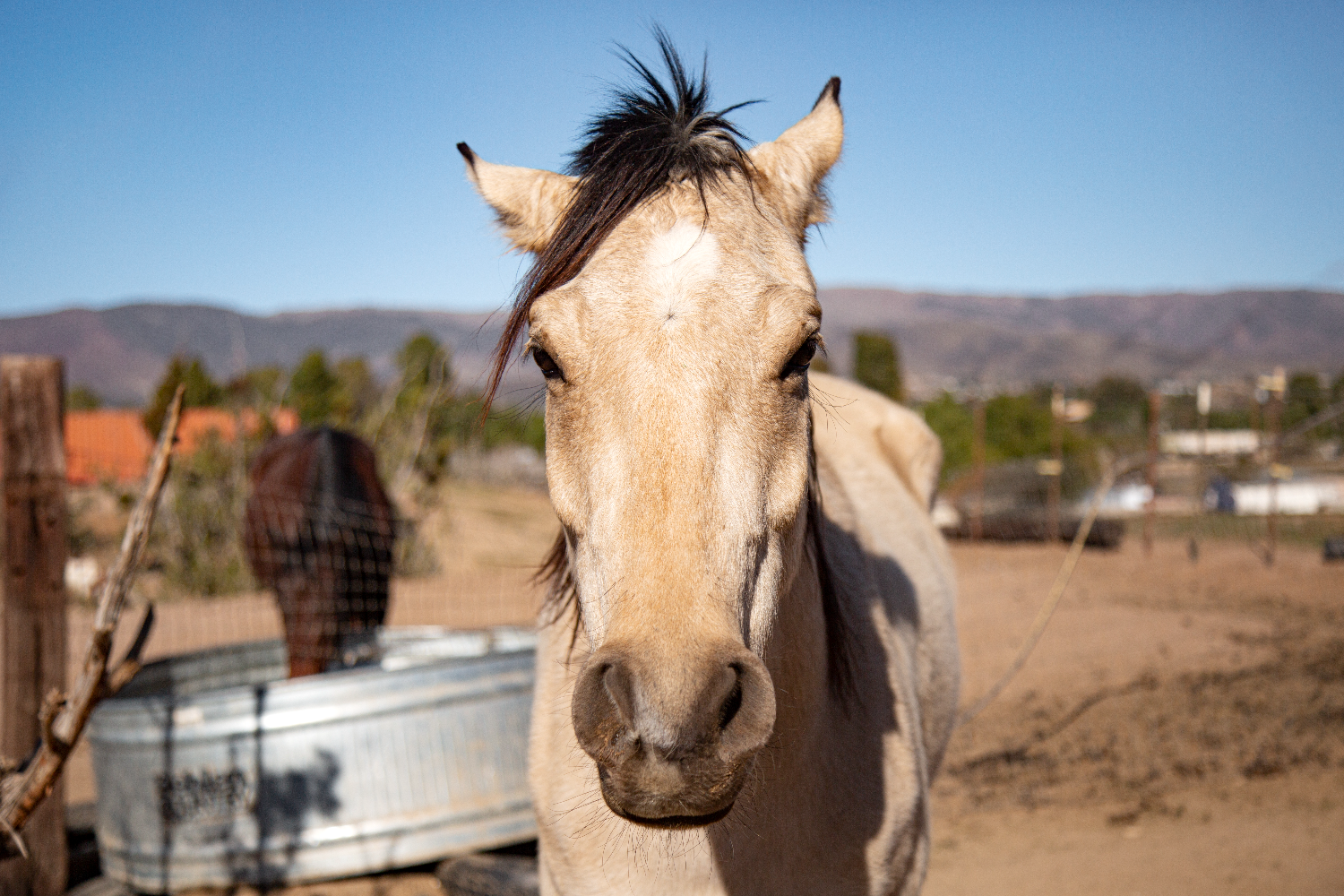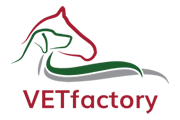Horse weaning - why is it worth remembering?

When taking care of your horse's health, don't forget the crucial role of regularly caring for your horse's digestive system. Did you know that deshedding is not only a way to keep your mount comfortable, but also an effective method of preventing serious health problems? With the right prevention, you can avoid dangerous complications that can threaten the health of your horse. Wondering how de-icing affects your well-being and what modern solutions you can use? You'll read all about it later in the article.
Equine sand colic - what it is
Sand colic is a common digestive problem in horses that occurs when horses eat sand along with their feed, which can lead to serious health problems. To prevent this, it is useful to know a few simple but key rules.
First of all, your horse's diet plays a huge role in preventing sand colic. Introducing fiber-rich feeds such as psyllium can help remove sand from the digestive tract. Psyllium acts as a "broom," binding sand and facilitating its excretion. This small change in diet can significantly reduce the risk of sand accumulation.
In more severe cases, when dietary changes are not enough, surgical intervention may be necessary. While this is a last resort, surgery may be the only solution when the digestive tract is blocked by sand. Although any surgery has risks, quick intervention can save a horse's life.
To avoid problems in the future, it is a good idea to regularly monitor the environment in which the horse resides. Grazing it on grassy areas instead of sand paddocks significantly reduces the risk of sand colic. In addition, checking feces for sand is an easy way to quickly detect the problem.
The key to success lies in quick response. The sooner you notice the problem and take action, the better the chance of a full recovery. Regular prevention and proper diet is the best protection against sand colic, which will keep your horse healthy and comfortable for a longer period of time.
Horse constipation - symptoms and diagnosis
Early recognition of the signs of sand accumulation in the equine gastrointestinal tract is crucial for rapid diagnosis and effective treatment. Symptoms such as colic, weight loss, lack of appetite and difficulty with bowel movements may suggest a problem, but they are often vague and easily confused with other conditions. Therefore, an accurate diagnosis is extremely important.
Veterinary care plays a key role here. The vet will perform the necessary diagnostic tests, such as a fecal examination for sand, and an ultrasound of the abdomen to confirm the presence of sand in the digestive tract. Simply observing symptoms is not enough - confirming the diagnosis with these tests is essential for effective treatment and resolution of the problem.
Once the diagnosis is made, you can proceed to discuss the available treatment options, which depend on the severity of the problem. In milder cases, making appropriate dietary changes, such as feeding more hay or using hay nets to help reduce sand intake, will suffice. In more serious situations, it may be necessary to use proven supplements, such as TRM SandXPell.
Long-term relapse prevention strategies may include consultation with a qualified equine nutritionist to help select the appropriate diet and supplementation. Regular monitoring of your horse's health, changing the environment to minimize contact with sand, and introducing additional ingredients to support the digestive system are key steps that can provide long-term support for your mount's health.
Causes of sand accumulation
Understanding the causes of sand accumulation in your horse's digestive system is the first step - now it's time to learn how to effectively remove the sand and keep your horse healthy. The first action is to change your diet. Reducing the amount of grain in favor of increasing roughage, such as hay, can significantly help the natural removal of sand. This type of feed supports intestinal motility, helping to move sand and remove it from the body.
It is also worth reaching for supplements containing psyllium, which, when mixed with water, forms a gel-like substance that combines with sand and facilitates its excretion. Popular products are TRM SandXPell and Equine America Sandout Pellets, that effectively support this process.
If you suspect that your horse has significant amounts of sand in its digestive tract, be sure to consult your veterinarian. The specialist may suggest additional treatment if supplements prove insufficient. In addition, a veterinarian or equine nutritionist will help select appropriate natural methods to aid in the removal of sand to ensure the horse's full health.
Effective methods of sand removal
Understanding why sand accumulates in the horse's digestive system is a key part of prevention. Now let's take a look at how to effectively remove sand and take care of your horse's health. The first step is to adjust your diet. Reducing the amount of grain and increasing roughage, such as hay, can significantly help remove sand. Roughage aids intestinal peristalsis, which helps naturally expel sand.
As we mentioned earlier, supplements containing psyllium can also be very helpful. When mixed with water, psyllium forms a gel-like substance that combines with sand to facilitate its excretion. Proven products such as TRM SandXPell and Equine America Sand Out are effective in this process.
If you suspect a lot of sand has accumulated in your horse's digestive tract, consult your veterinarian. Depending on the situation, additional treatment may be needed. A veterinarian or horse nutritionist will also advise on natural methods to help remove sand and how best to keep your horse healthy in the long run.
Preventing your horse from getting mired in dust
Introducing supplements to support digestive health is a key step in preventing your horse from becoming constipated. These supplements help to bind sand and expel it safely. It is important to choose products that are backed by research and recommended by veterinarians to ensure their effectiveness and safety tailored to your horse's individual needs.
Caring for the pasture also plays an important role in minimizing the risk of sand ingestion. Regular monitoring and maintenance of pastures to limit areas with exposed soil can significantly reduce the threat of. It's also a good idea to feed hay in nets, which prevents direct contact with the ground and reduces the amount of sand accidentally ingested.
Don't forget to hydrate! Adequate water is crucial for the proper functioning of the horse's digestive system and can prevent the accumulation of sand in the intestines.
Regular veterinary checks are essential to detect potential sand problems early. The vet will help identify early signs of sand accumulation before they develop into more serious conditions. It can also provide personalized guidance and tailor a preventive strategy based on your horse's health and environmental conditions.
Applications
Removal of sand accumulation in the horse's digestive system is crucial to its health and well-being. Be alert for symptoms such as colicky pains, weight loss, reluctance to eat or other intestinal problems. Understanding the causes and using effective methods to remove sand and prevent its accumulation, ensures that your horse remains healthy. Remember that early diagnosis and proper supplementation can save your horse from serious health complications. Don't underestimate the importance of regular weaning and pasture management practices to minimize sand intake.
